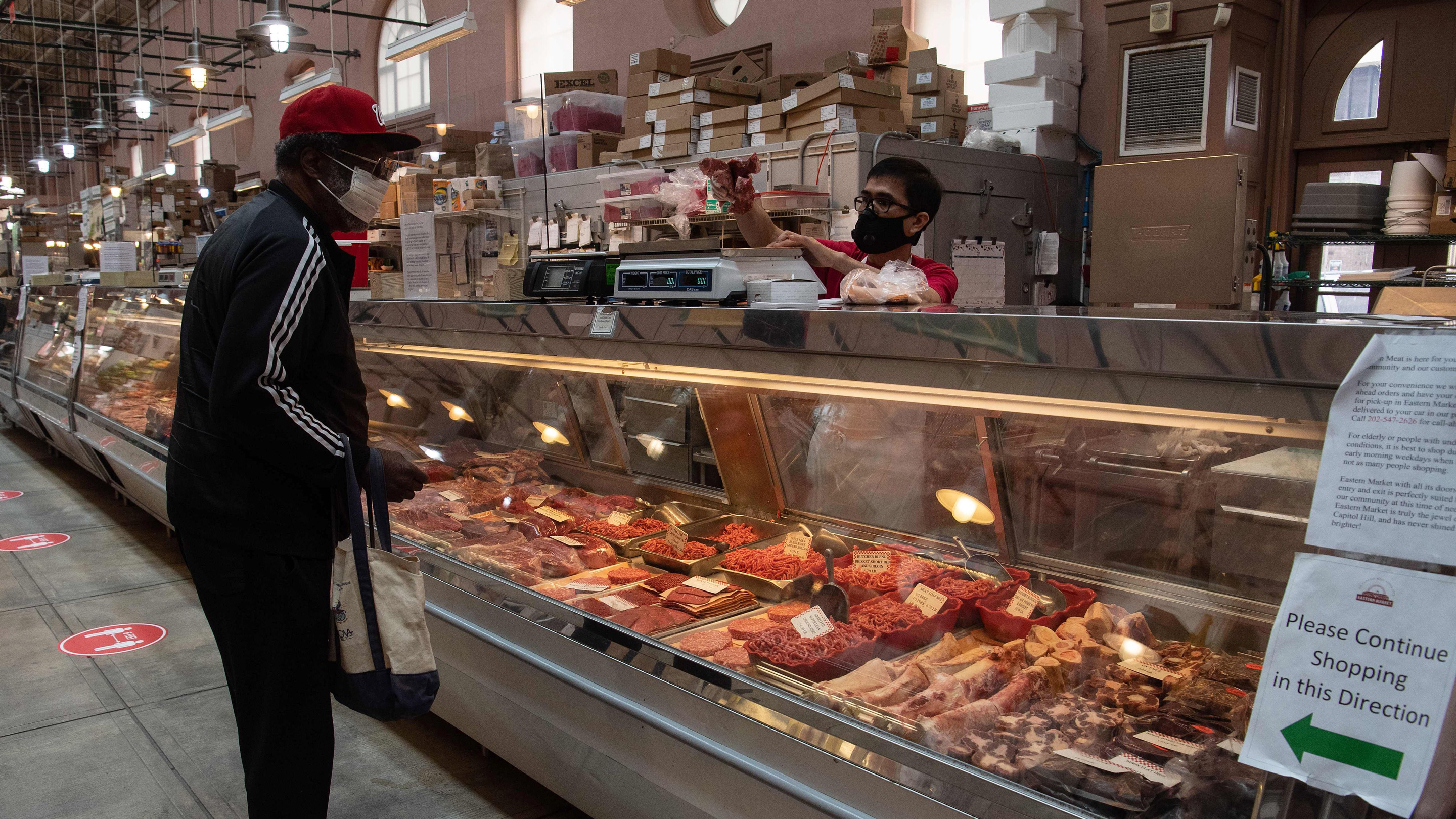Browse Through Bagley Farms Meat Market Edwardsville IL for Farm-Fresh Meat and Specialized Cuts
Browse Through Bagley Farms Meat Market Edwardsville IL for Farm-Fresh Meat and Specialized Cuts
Blog Article
Discover the Art of the Butcher's Cut in a Modern Meat Market
In the ever-evolving landscape of modern-day meat markets, the butcher's cut has transcended its conventional roots, merging old-time workmanship with modern techniques. What genuinely sets the contemporary butcher apart is their ability to forge a deeper connection in between customers and the origins of their meat.
Advancement of Butchery Techniques
The evolution of butchery methods reflects an abundant tapestry of advancement and adjustment driven by advancements in technology, changes in customer need, and a much deeper understanding of meat scientific research. Historically, butchery was a craft passed down through generations, with methods sharpened over centuries to make the most of yield and taste. The industrial change ushered in mechanization, transforming standard techniques and enabling large handling.
The mid-20th century saw butchery strategies further fine-tuned by scientific understandings right into muscle biology and meat aging, boosting both inflammation and taste. Technologies like vacuum packaging and refrigeration extended product shelf-life, enabling butchers to diversify offerings and enhance high quality control. This duration additionally noted the increase of customized devices, such as band saws and meat slicers, which raised accuracy and effectiveness in meat processing.

The 21st century has actually presented electronic technology right into the butchery world. Digital systems currently aid in monitoring pet provenance and maximizing cuts to satisfy certain consumer preferences. Furthermore, a rebirth in artisanal butchery has arised, blending typical abilities with modern understanding to provide to customers seeking honest and sustainable meat alternatives. This advancement highlights a dynamic interaction in between custom and innovation, meeting contemporary needs while maintaining the craft's heritage.
Recognizing Meat Cuts
Recognizing the intricacies of meat cuts is crucial for both butchers and consumers seeking high quality and value. Each cut comes from a various part of the pet, presenting distinct tastes, appearances, and cooking methods - bagley farms meat market edwardsville il. Mastery of these differences not only improves culinary experiences however also takes full advantage of the energy of each carcass. For butchers, accurate cuts mirror skill and respect for the craft, making certain very little waste and optimum yield.

Recognizing muscular tissue composition is crucial; muscle mass made use of extra often by the pet have a tendency to be harder and are best suited for sluggish cooking techniques, while less-used muscles, like those found in the loin, are much more tender and perfect for cooking or roasting. Familiarity with these distinctions equips consumers to make informed choices, enhancing their cooking undertakings.
Choosing High Quality Meat
Selecting the ideal meat includes even more than just selecting a visually appealing item from the display. The art of choosing high quality meat calls for a critical eye and knowledge of certain attributes that signify freshness and excellence.
Second of all, consider the marbling, which refers to the white flecks of fat within the muscle mass. Appropriate marbling is a vital sign of tenderness and flavor, as it melts during cooking, boosting the meat's juiciness. Remember, higher marbling commonly correlates with superior high quality cuts, such read this article as USDA Prime.
Texture is an additional vital factor; meat ought to really feel firm to the touch, not slimed or overly soft. Furthermore, be mindful of the scent. Fresh meat must have a clean, neutral scent, free from any sour or off-putting smells.
Pairing Cuts With Food Preparation Methods

Alternatively, tougher cuts like brisket and chuck roast are rich in collagen, which damages down into gelatin when cooked gradually. These cuts are excellent for braising or slow roasting, enabling the meat to soften with time and create deep, complex flavors. Likewise, cuts such as brief ribs and pork shoulder prosper with slow-cooking methods, where prolonged cooking times change their durable appearances right into succulent meals.
Lamb shanks and oxtail, which need long term food preparation to soften, are ideal prospects for cooking or slow-moving simmering. These methods coax out abundant, hearty flavors while maintaining moisture. By comprehending the special characteristics of each cut, chefs and home cooks alike can raise their culinary developments, ensuring each meal is both pleasing and remarkable.
The Butcher's Function Today
Navigating the developing landscape of the modern meat market, the butcher's duty today expands beyond mere prep work of cuts. Contemporary butchers are cooking craftsmens, teachers, and advocates for sustainable practices. They link the void between the farm and the fork by ensuring ethical sourcing, recognizing pet husbandry, and prioritizing openness in the supply chain. This change reflects the expanding consumer need for high quality over quantity, where provenance and pet welfare are critical.
In addition to crafting exact cuts, butchers currently engage straight with customers, using cooking advice and customizing options to suit private demands and preferences. Their expertise in meat aging, marbling, and flavor accounts empowers customers to make informed choices, boosting their culinary experiences. reference This individualized solution exemplifies the butcher's advancing function as a relied on advisor in the kitchen area.
In addition, butchers are pivotal in lessening waste, making use of entire animals to create diverse products such as sausages and supplies. This detailed strategy not just respects the animal however likewise lines up with modern sustainability objectives. This way, the modern butcher embodies both tradition and development, adapting to an ever-changing market while maintaining the virtuosity and honesty of their craft.
Conclusion
Mastery in comprehending varied meat cuts and high quality signs encourages butchers to provide educated recommendations, aligning particular cuts with ideal cooking approaches. By recognizing historic methods while welcoming modern needs, the butcher's duty stays crucial in today's sophisticated meat market.
Report this page